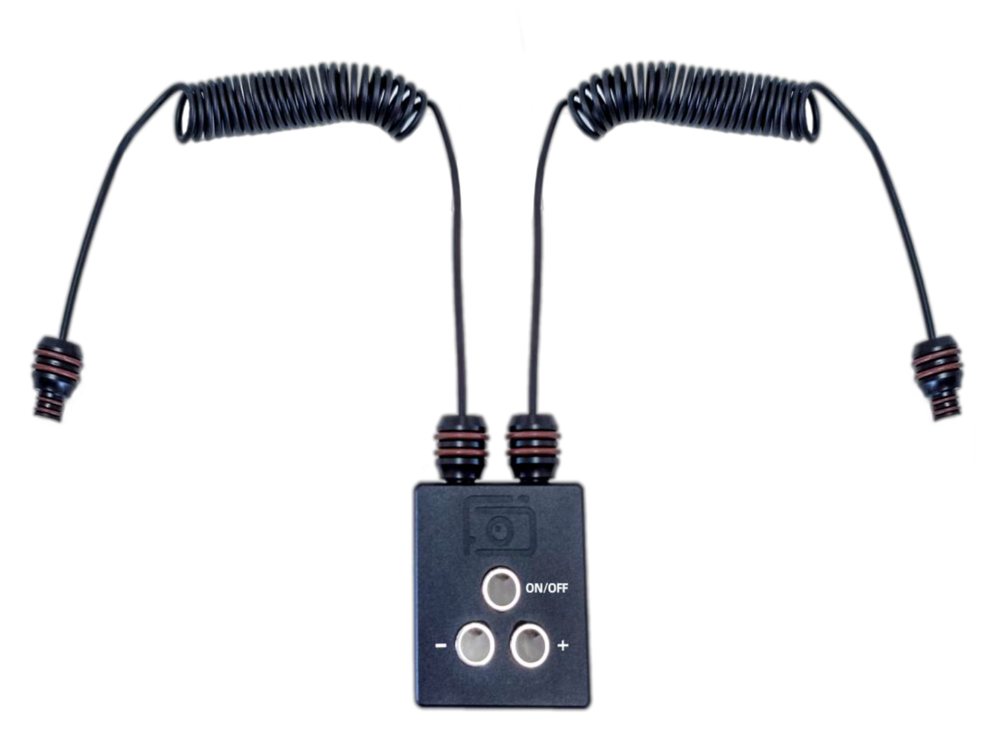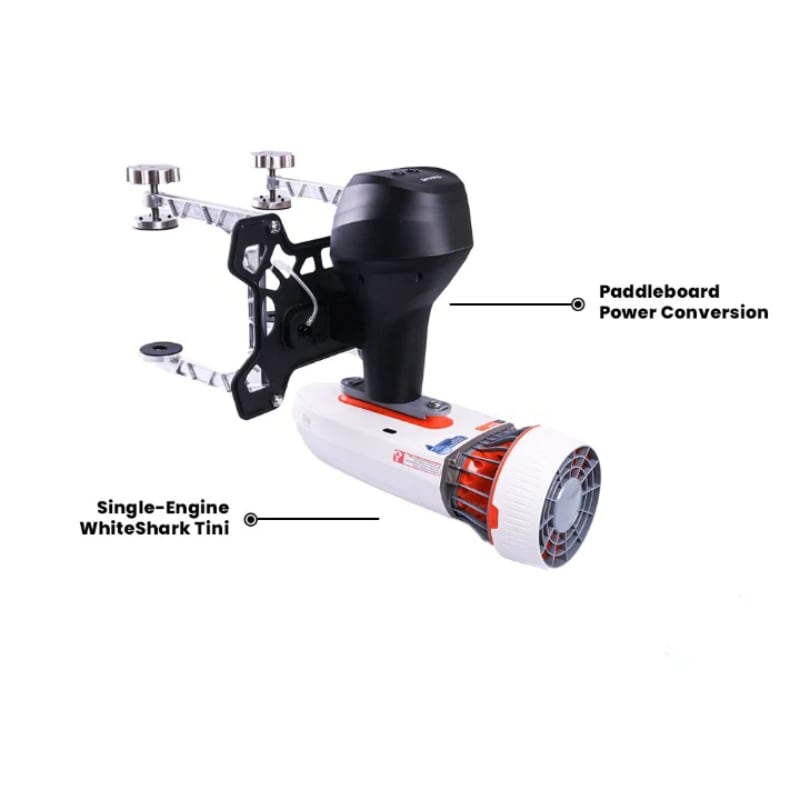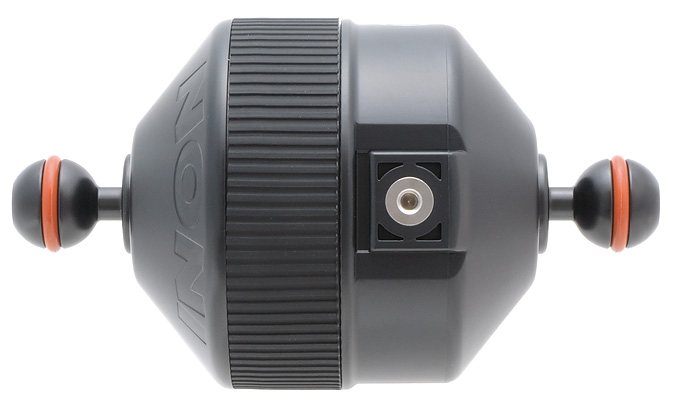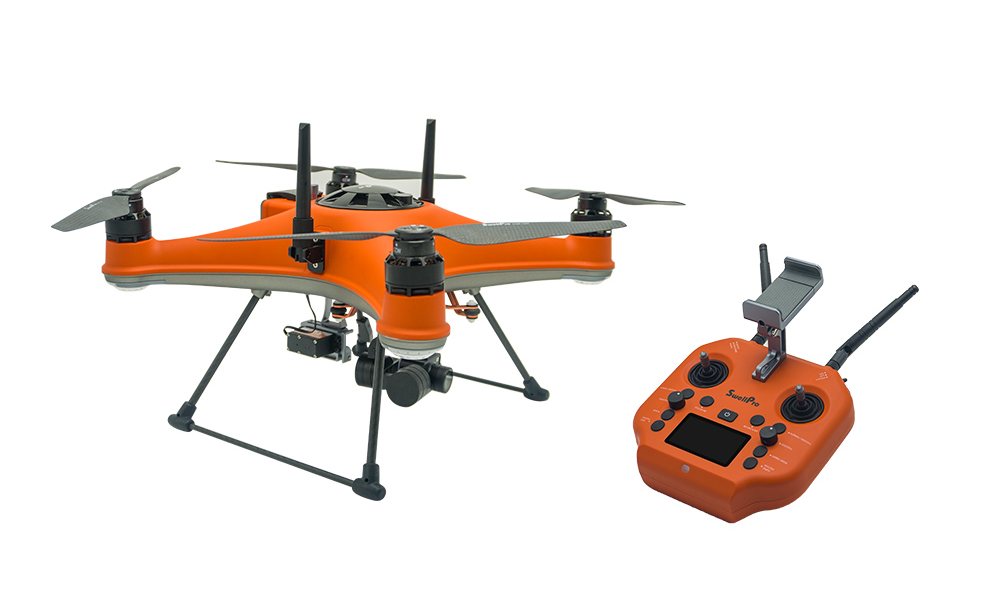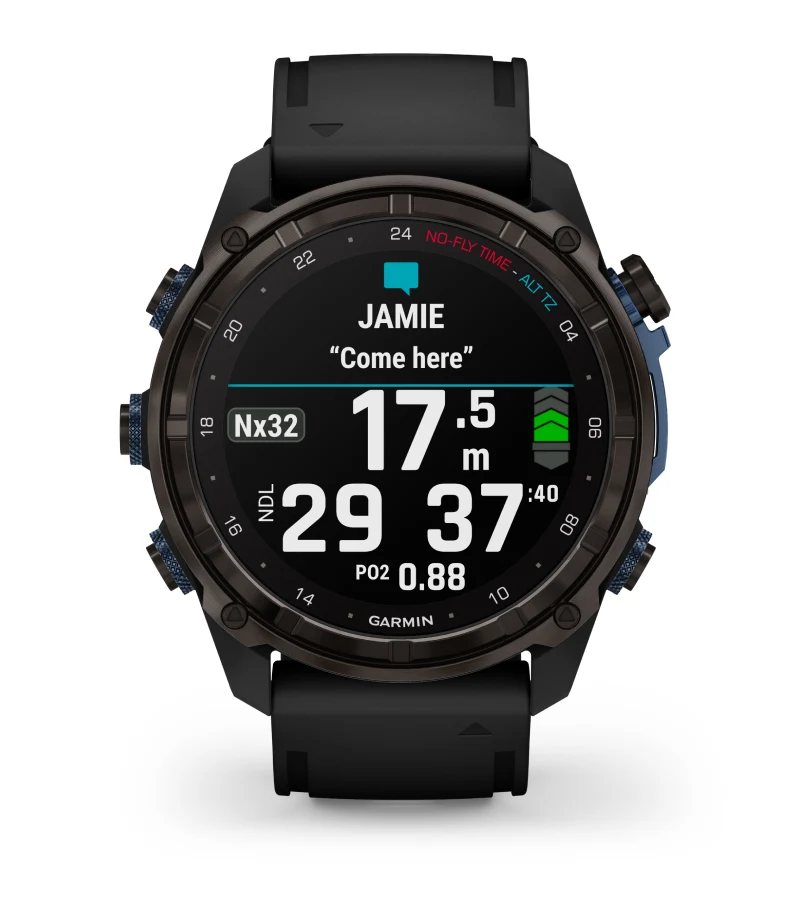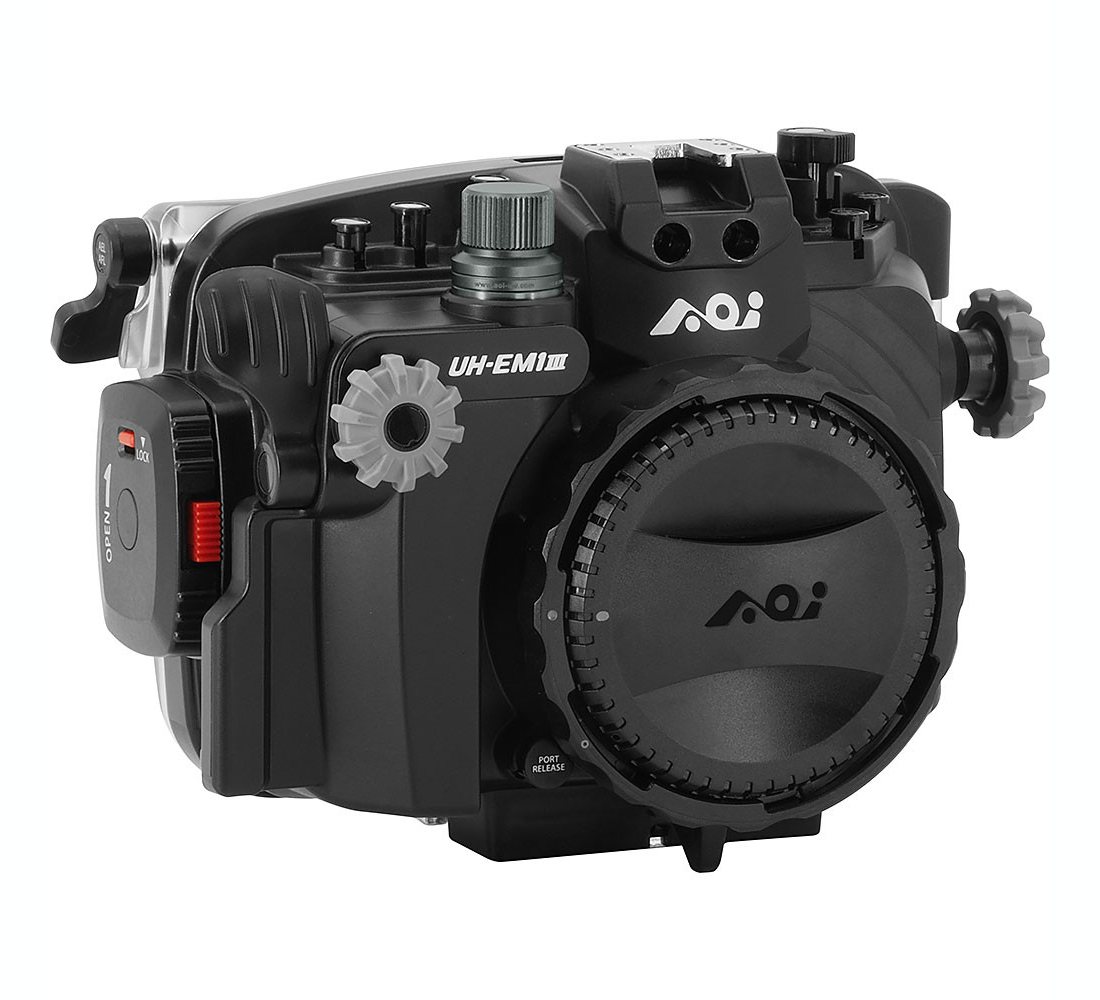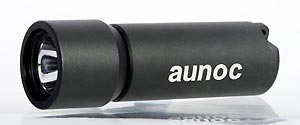- Home
- Directory
- Shop
- Underwater Cameras - Photographic Accessories
- Smartphone Housings
- Sea Scooters
- Hookah Dive Systems
- Underwater Metal Detectors
- Dive Gear
- Dive Accessories
- Diving DVD & Blu-Ray Discs
- Diving Books
- Underwater Drones
- Drones
- Subscriptions - Magazines
- Protective Cases
- Corrective Lenses
- Dive Wear
- Underwater Membership
- Assistive Technology - NDIS
- On Sale
- Underwater Gift Cards
- Underwater Art
- Power Stations
- Underwater Bargain Bin
- Brands
- 10bar
- AirBuddy
- Akona
- AOI
- Apollo
- AquaTech
- Atomic Aquatics
- aunoc
- AxisGo
- Backscatter Underwater Video and Photo
- BLU3
- Buddy-Watcher
- Cayago
- Chasing
- Cinebags
- Contour
- Deepblue
- Devilite
- Digipower
- DJI
- Dyron
- Edge Smart Drive
- Eneloop
- Energizer
- Exotech Innovations
- Fantasea
- FiiK Elektric Skateboards
- Garmin
- Geneinno
- GoPro
- Hagul
- Hoverstar
- Hydro Sapiens
- Hydrotac
- Ikelite
- Indigo Industries
- Inon
- Insta360
- Intova
- Isotta Housings
- Jobe
- JOBY
- Kraken Sports
- LEFEET
- Marelux
- Mirage Dive
- Nautica Seascooters
- Nautilus Lifeline
- NautiSmart
- Nocturnal Lights
- Nokta Makro
- Ocean Guardian
- Oceanic
- Olympus
- OM System
- Overboard
- Paralenz
- PowerDive
- QYSEA
- Ratio Dive Computers
- Scubajet
- Scubalamp
- Sea & Sea
- SeaDoo Seascooter
- SeaLife
- Seashell
- Seavu
- Shark Shield
- Sherwood Scuba
- Spare Air
- StickTite
- StormCase
- Sublue
- Suunto
- SwellPro
- T-HOUSING
- Tusa
- U.N Photographics
- Venture Heat
- XTAR
- Yamaha Seascooter
- Youcan Robot
- Zcifi
What are we?
Contributed by Ákos Lumnitzer

We are chubby, could be considered kind of cute depending on one's own perception of the word cute have pectoral fins that can resemble feet, use fake devices to catch our food. Have you got any ideas yet of our identity? We can have an almost hairy appearance, or look bald, our skin can look kind of like a sponge, our colors can be as diverse as the rainbow and when we have to, we move over the substrate almost in a walking manner.
If you still haven't managed to guess, I'll tell you what we are. We are the anglerfishes from the family Antennariidae. Yes, we use a rod and lure to capture our prey. We sit patiently in amongst sponges, rubble or even on open substrate looking so innocent and cute, but our appearances hide effective eating machines. We can gulp down prey even half as big as we are. Our stomachs have plenty of dining room and our mouths are way too big for our size, capable of expanding, which in turn allows us to suck down those small fishes that we manage to fool with our fishing equipment.
Anglerfishes that we are; not frogfishes, as people in many parts of the world commonly call us. Do we look like frogs in any way? I seriously doubt it my dear diver friends! Whoever came up with that idea must have been on some serious medication. Even if you look at how we live our lives and spend our time just hanging, fishing for fun, you could easily agree that the common name of anglerfish applies more appropriately than frogfish. End of story; so you folk better get it right, or you may just end up being gulped down yourselves by one of our missionaries and get educated in the ways of the sea.
We are classified into 12 genera (plural of genus) with approximately 41 species of shallow water anglerfishes and we are found in all Australian states (Kuiter,1993). We can be found in warm and cold waters, with temperate Australia having some of the most intricately camouflaged species.
We are very unique in the way we do our business. Our first dorsal spine is modified into an effective fishing apparatus.. The spine that is the rod is called the illicium and the lure is referred to as the esca. Each species within our family has a lure that is prey-specific, meaning that they resemble something that the preferred prey of the anglerfish likes to feed on. Be it an amphipod, a worm, or a small fish in some instances, we have the lures to make our victims believe that the small wriggling thingamajig is actually the prey that they seek to eat and thus we fool them every time. We lie in wait, anticipate and as the little fish gets close WHAM! We gulp them up in about 1/1000th of a second.
Our skin is rough and can have all sorts of growths on it and we can literally blend into the seascape so well, that only your exceptionally trained eyes can locate us. Sometimes you may spot an angler by sheer accident, but it helps to know exactly what you are looking for.
One of our relatives the tasseled anglerfish (Rhycherus filamentosus) - is a truly weird character. He has long filament-like projections (makes him look a little like a hairy hippy) and an enormous lure that resembles a giant, fat worm ñ well, when you compare it to our other relativesí (as above for cousins) lures anyway. He is also somewhat more active than the rest of us and likes to swim from one spot to another until he finds a good platform from which to feed.
When it comes to parenting, us anglerfishes are divided in whatís the best practice for our speciesí survival. Our tropical cousins usually release a whole bunch of eggs into the currents surrounding their home reefs and the temperate anglers mainly lay the eggs under a rock and guard them until the little ones hatch, at which time the babies crawl under the protection of little rocks and under ledges.
Some of our better-known cousins (as above for cousins) are the striped angler (aka striated angler ñ Antennarius striatus), the very similar shaggy angler (A. hispidus), the painted angler (A.pictus), the giant angler (A.commersonii), the clown angler (A. maculatus), the tasseled angler (Rhycherus filamentosus), the prickly angler (Echinophryne crassispina) and the smooth angler (Phyllophryne scortea). One other unique relative is the sargassum anglerfish (Histrio histrio) often found floating in open water among algae.
Most of us in the Antennariidae family live in waters between three and three hundred meters deep, however, other families of deep sea anglerfishes live even deeper than that, but not a great deal is known about those due to the very depths they survive in. Scientists need specialized equipment to handle the immense depths in which they live . Many deep-sea fish specimens turn up in fishing trawlersí by-catch anyway. One very interesting characteristic of many deep-sea anglerfishes is that the males are much smaller than the females and spend their lives looking for a mate, which they can find by using their extremely well developed senses. In some species of deepwater anglerfishes when the male meets a lady angler, he literally fuses himself onto her body and spends the remainder of his days attached.
So there you go; there are many fascinating things about us anglers. We don't just look like a boring, old sponge; we have one of the fastest strikes in the whole animal kingdom. If you think about how we live in water which is 800 times denser than you could realize that our mouths would give any land-based animal a run for the money.
Stay safe and happy angling!
Photos and Critter Feature by Akos Lumnitzer
References:
- Rudie H. Kuiter, Coastal fishes of south-eastern Australia, Crawford House Press Pty. Ltd. 1993
- Australian Museum Ichthyology homepage www.amonline.net.au/fishes
The above book and website are highly recommended for anyone interested in Australia's temperate water fishes.
Shopfront
-
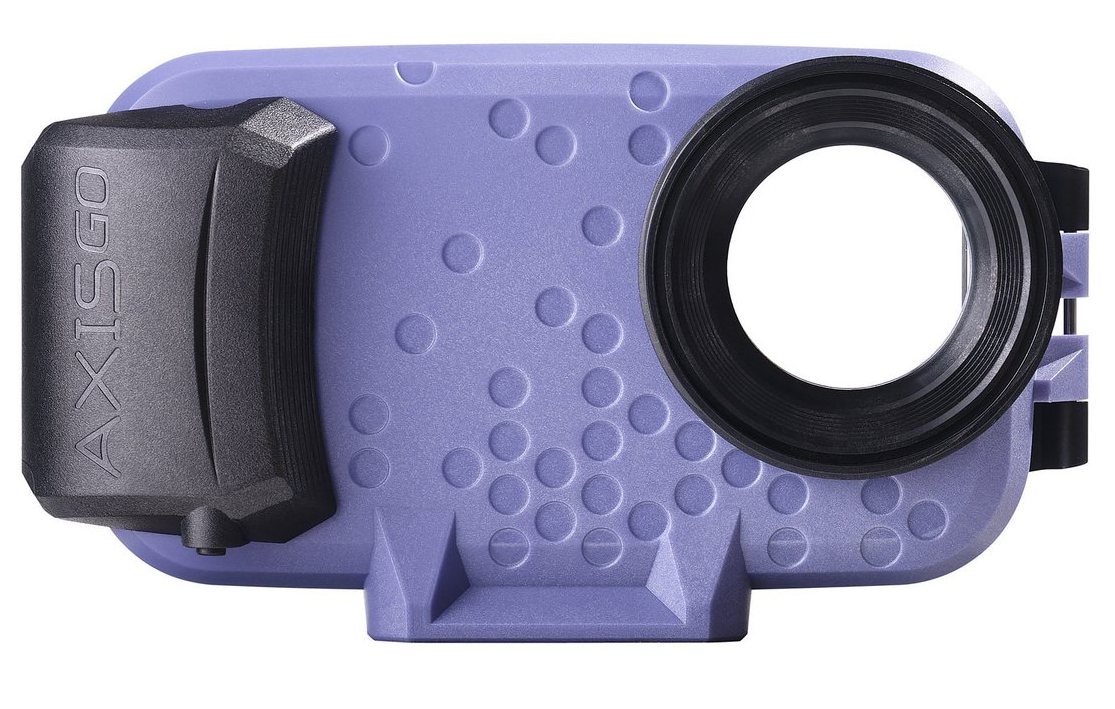 AxisGO Waterproof Case for iPhone 12
AxisGO Waterproof Case for iPhone 12
- Price A$ 169.00
-
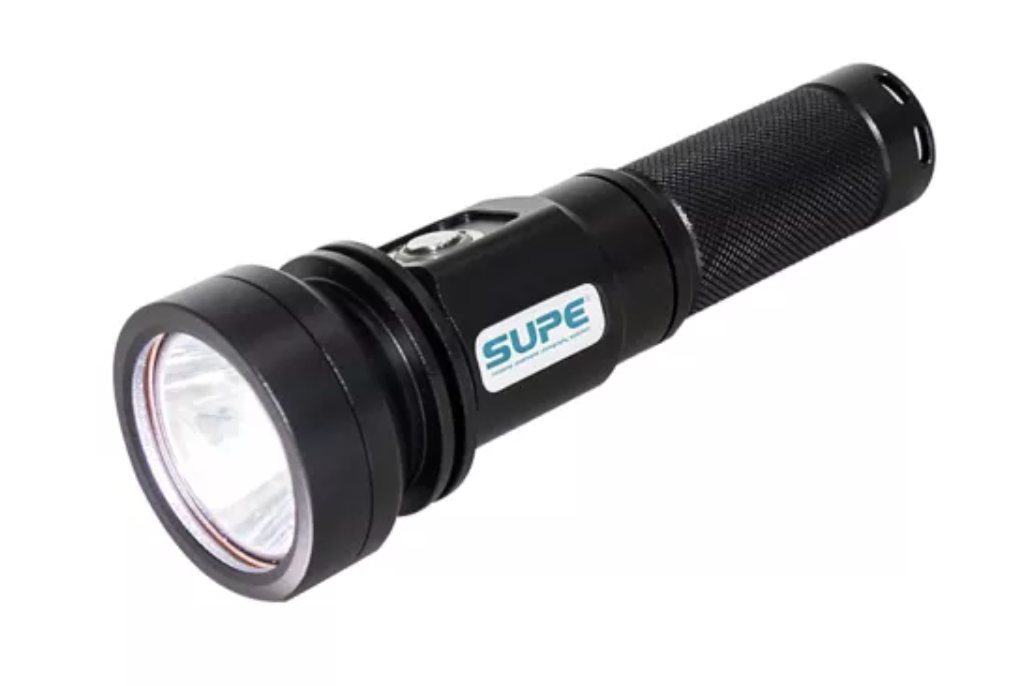 SUPE Scubalamp RD92 LED Recreational Diving Torch - 2000 lumens
SUPE Scubalamp RD92 LED Recreational Diving Torch - 2000 lumens
- Price A$ 189.00
-
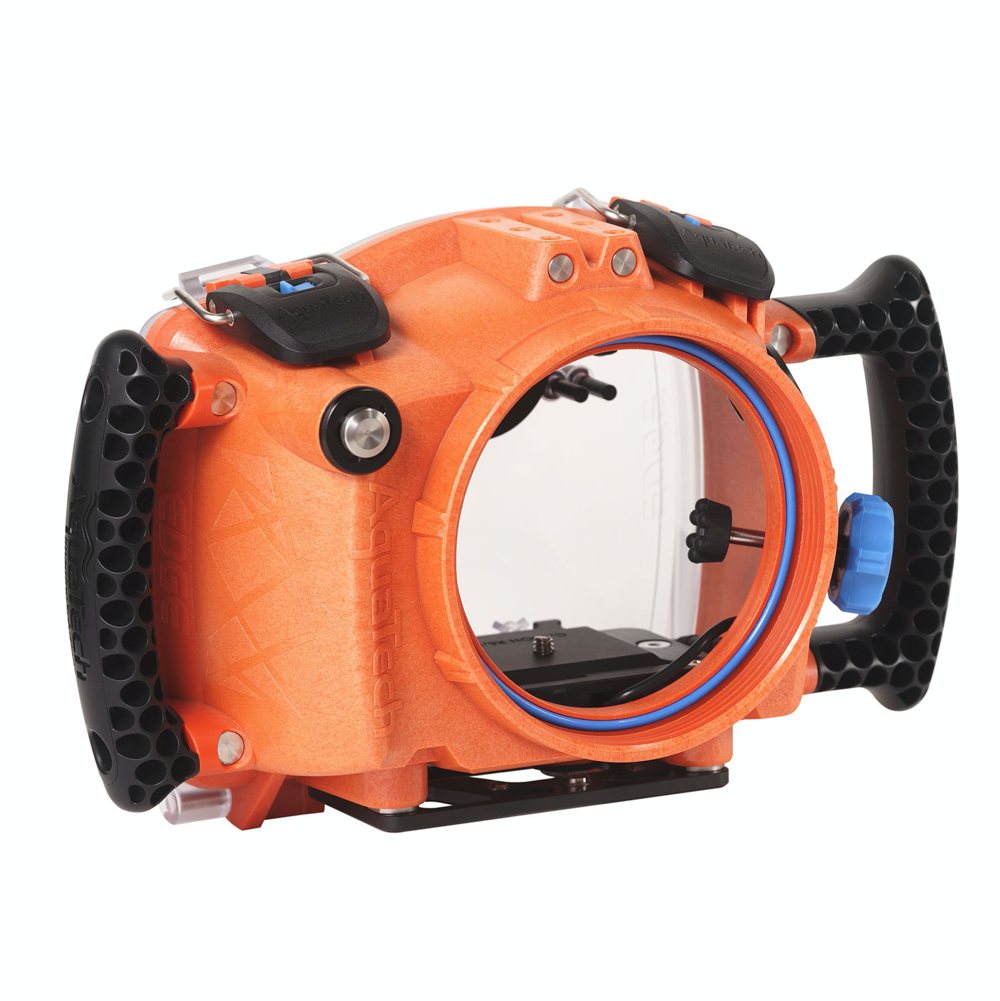 AquaTech EDGE Pro Camera Water Housings - Sony mirrorless
AquaTech EDGE Pro Camera Water Housings - Sony mirrorless
- Price A$ 1,949.00
-
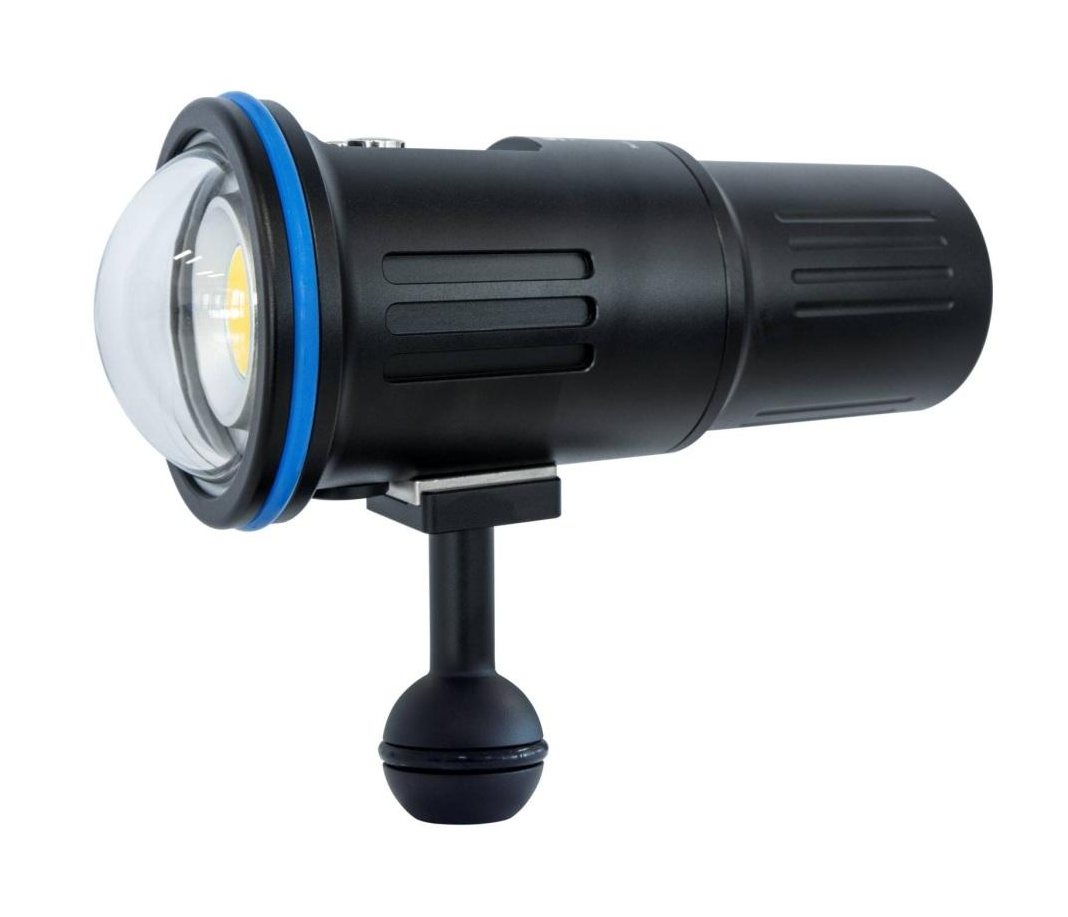 Scubalamp V3K V3 Photo/Video Light - 5000 Lumens
Scubalamp V3K V3 Photo/Video Light - 5000 Lumens
- Price A$ 549.00
-
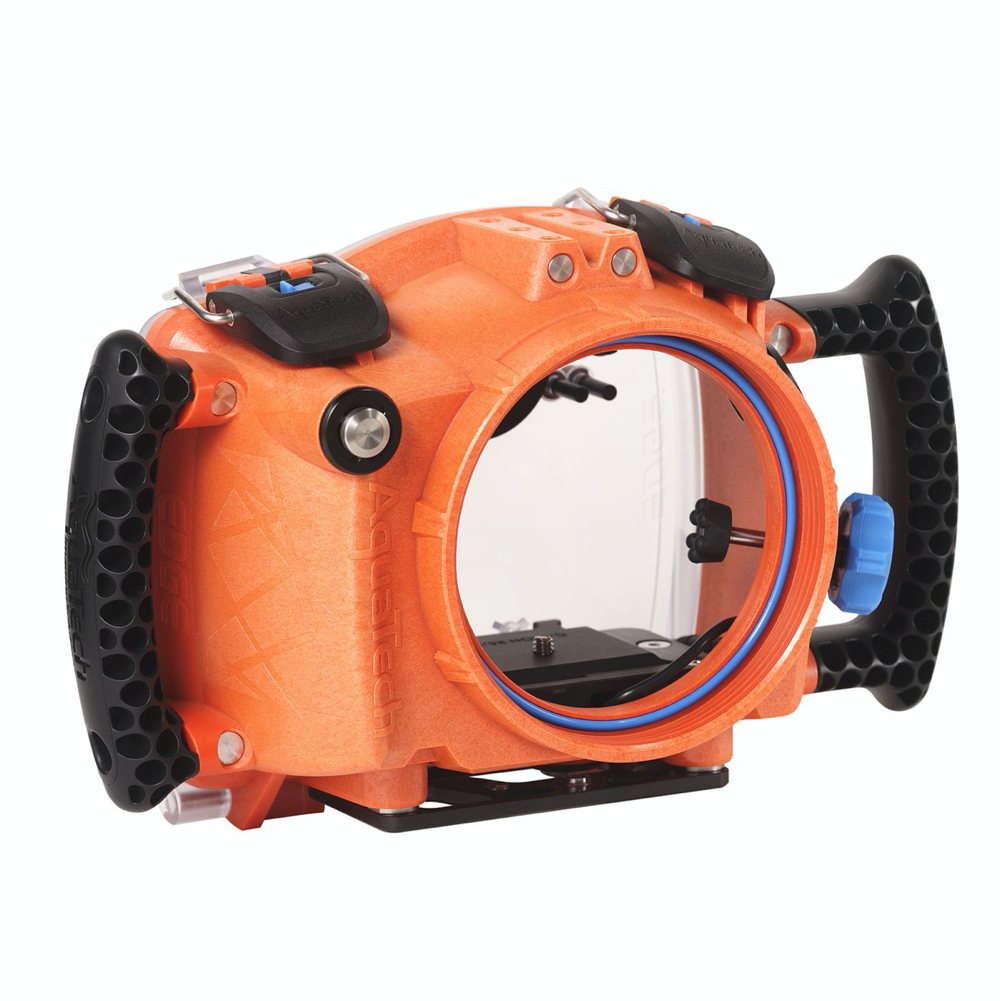 AquaTech EDGE Base Camera Water Housings - Sony mirrorless
AquaTech EDGE Base Camera Water Housings - Sony mirrorless
- Price A$ 979.00
-
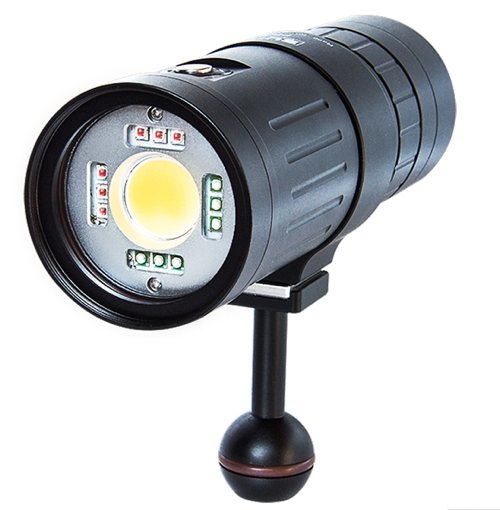 Scubalamp P53 LED Video/Photo Strobe Light - 5000 lumens
Scubalamp P53 LED Video/Photo Strobe Light - 5000 lumens
- Price A$ 699.00
-
 OM System TG-7 Waterproof Tough Camera - Olympus
OM System TG-7 Waterproof Tough Camera - Olympus
- Price A$ 789.00
In the Directory






